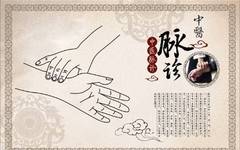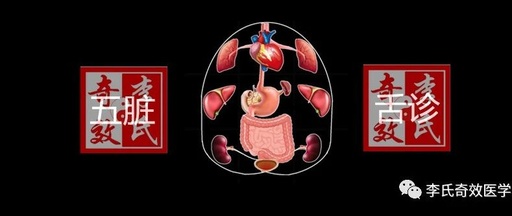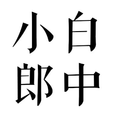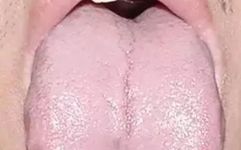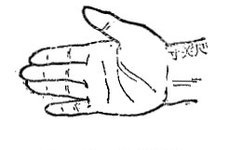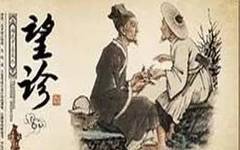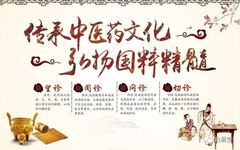Two Methods for Differentiating Pulse Patterns: Responding to Change with Constancy
This official WeChat account is managed by the Yunnan Provincial Administration of Traditional Chinese Medicine. If you have not followed us yet, please click the blue “Yunnan TCM” above to follow. ▶This article is the content of the 236th issue of the “Learn TCM with Me” column. Thank you for your support and sharing! Learn … Read more

